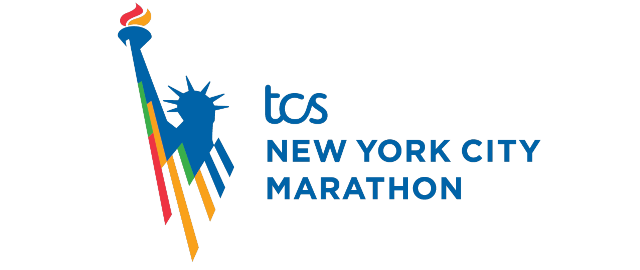STATISTICS - New York City Marathon 2018
Gender
Category

Notes
1 % of runners doing the same or better
2 % of runners M doing the same or better
3 % of runners W doing the same or better
Top 10 Women
| 1 | Mary Keitany | 02:22:48 |
| 2 | Vivian Cheruiyot | 02:26:02 |
| 3 | Shalane Flanagan | 02:26:22 |
| 4 | Molly Huddle | 02:26:44 |
| 5 | Rahma Tusa | 02:27:13 |
| 6 | Desiree Linden | 02:27:51 |
| 7 | Allie Kieffer | 02:28:12 |
| 8 | Lisa Weightman | 02:29:11 |
| 9 | Mamitu Daska | 02:30:31 |
| 10 | Belaynesh Fikadu | 02:30:47 |
Top 10 Men
| 1 | Lelisa Desisa | 02:05:59 |
| 2 | Shura Kitata | 02:06:01 |
| 3 | Geoffrey Kamworor | 02:06:26 |
| 4 | Tamirat Tola | 02:08:30 |
| 5 | Daniel Wanjiru | 02:10:21 |
| 6 | Jared Ward | 02:12:24 |
| 7 | Scott Fauble | 02:12:28 |
| 8 | Festus Talam | 02:12:40 |
| 9 | Shadrack Biwott | 02:12:52 |
| 10 | Chris Derrick | 02:13:08 |
history_2
The New York City Marathon was inaugurated in 1970, initially confined to Central Park with only 127 participants and a handful of spectators. Unlike its modest first edition, where only 55 runners crossed the finish line, the marathon quickly gained in popularity and prestige. Over the years, the event expanded to encompass all five boroughs of New York, becoming a major marathon that symbolizes the resilience, diversity, and unity of the city.

SOURCE : nytimes.com
Route
The New York City Marathon course is famous for its electric atmosphere and the challenge it presents, crossing all five boroughs of the city: Staten Island, Brooklyn, Queens, the Bronx, and finally Manhattan. The marathon starts on the Verrazzano-Narrows Bridge in Staten Island, offering a spectacular view of the city. Runners then cross into Brooklyn and Queens before passing over the Queensboro Bridge to enter Manhattan. A brief foray into the Bronx precedes a return to Manhattan, where the course takes participants along 5th Avenue, through Central Park, to the finish line on West Drive. This course not only offers a variety of urban landscapes but is also supported by enthusiastic crowds throughout, making it an unforgettable experience for participants.
Records
- Among men, the course record is held by Tamirat Tola, who set a time of 2 hours, 4 minutes, and 58 seconds in 2023.
- Among women, the record belongs to Margaret Okayo, also from Kenya, with a time of 2 hours, 22 minutes, and 31 seconds, set in 2003.